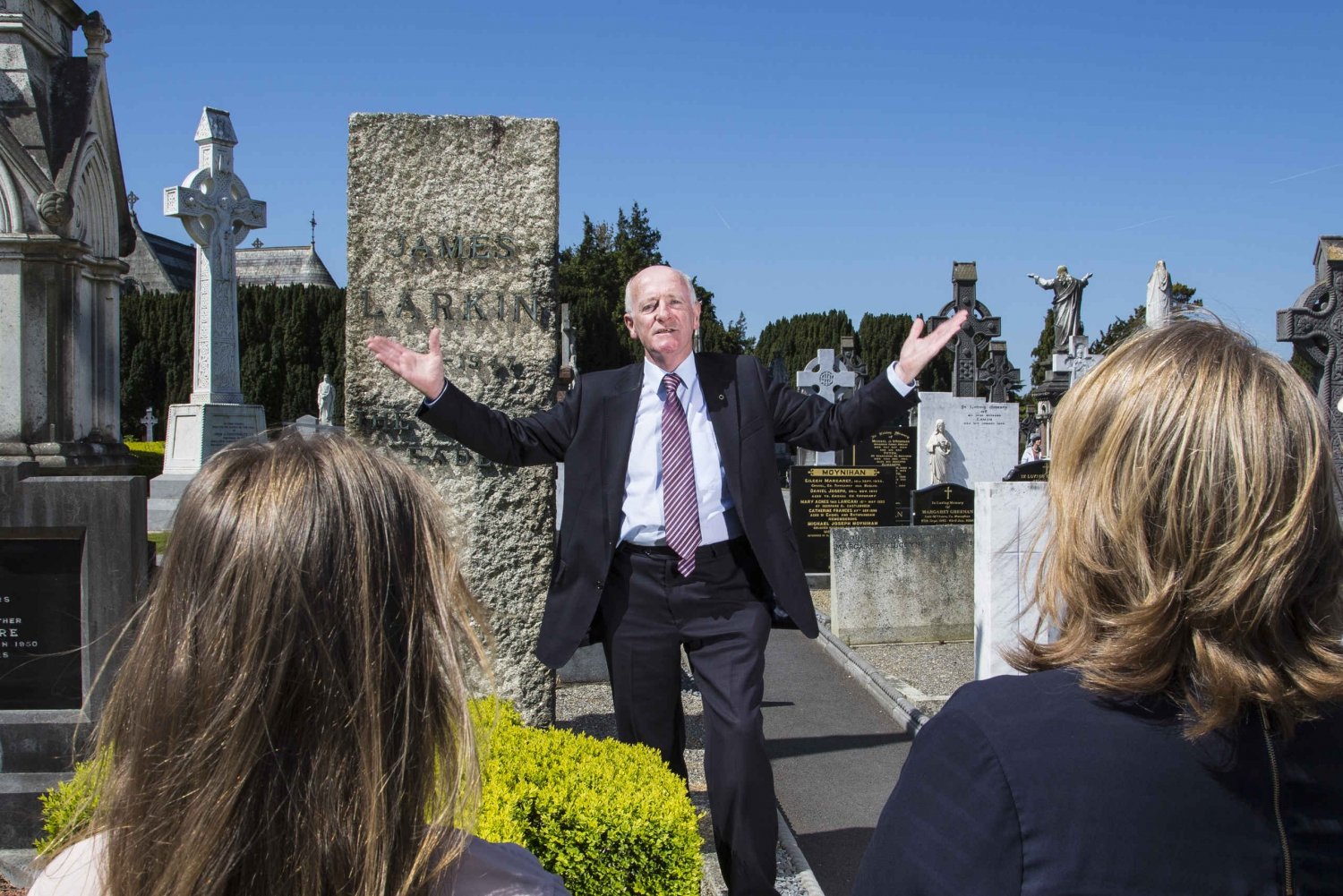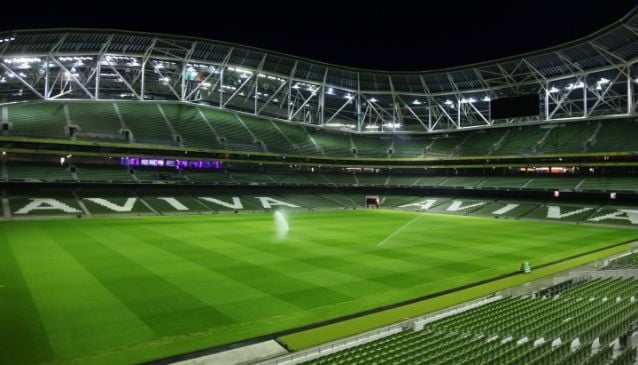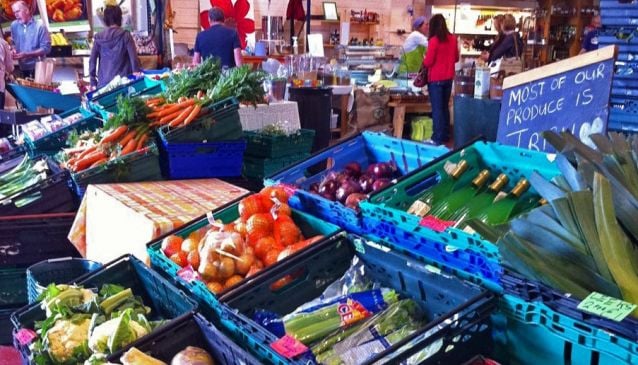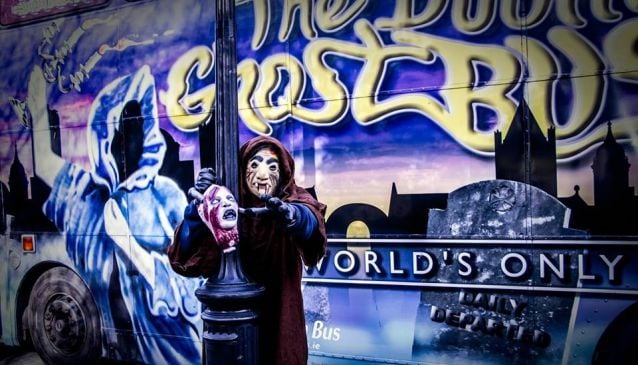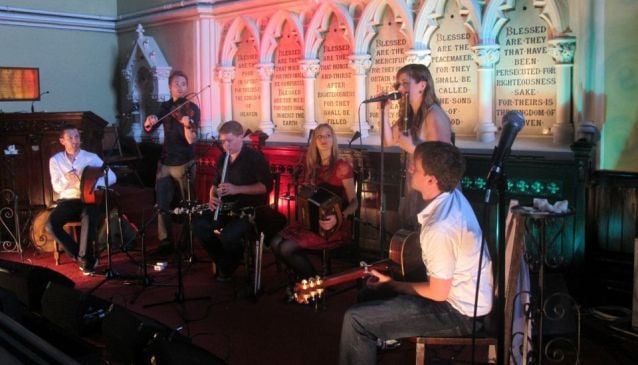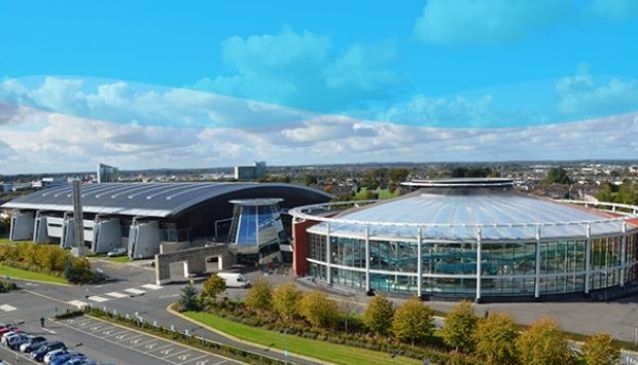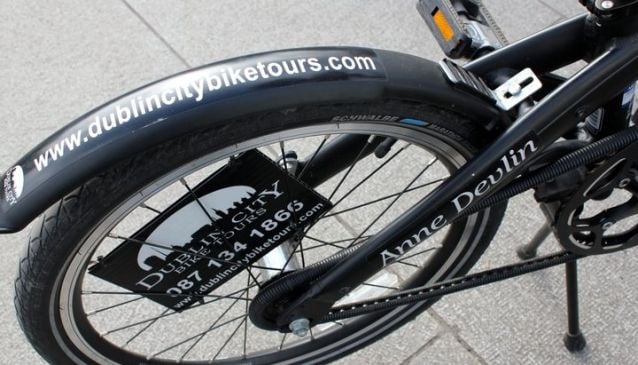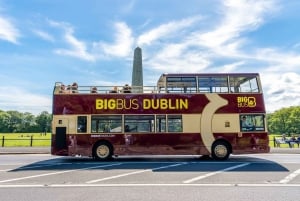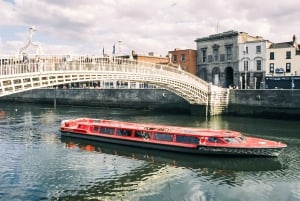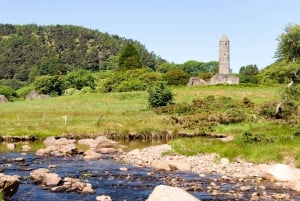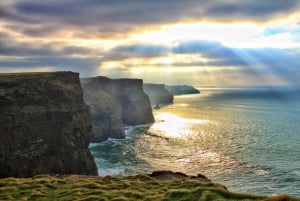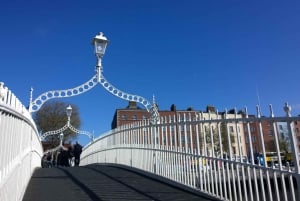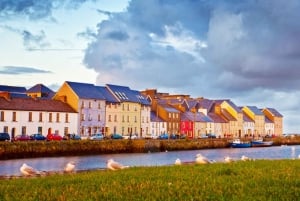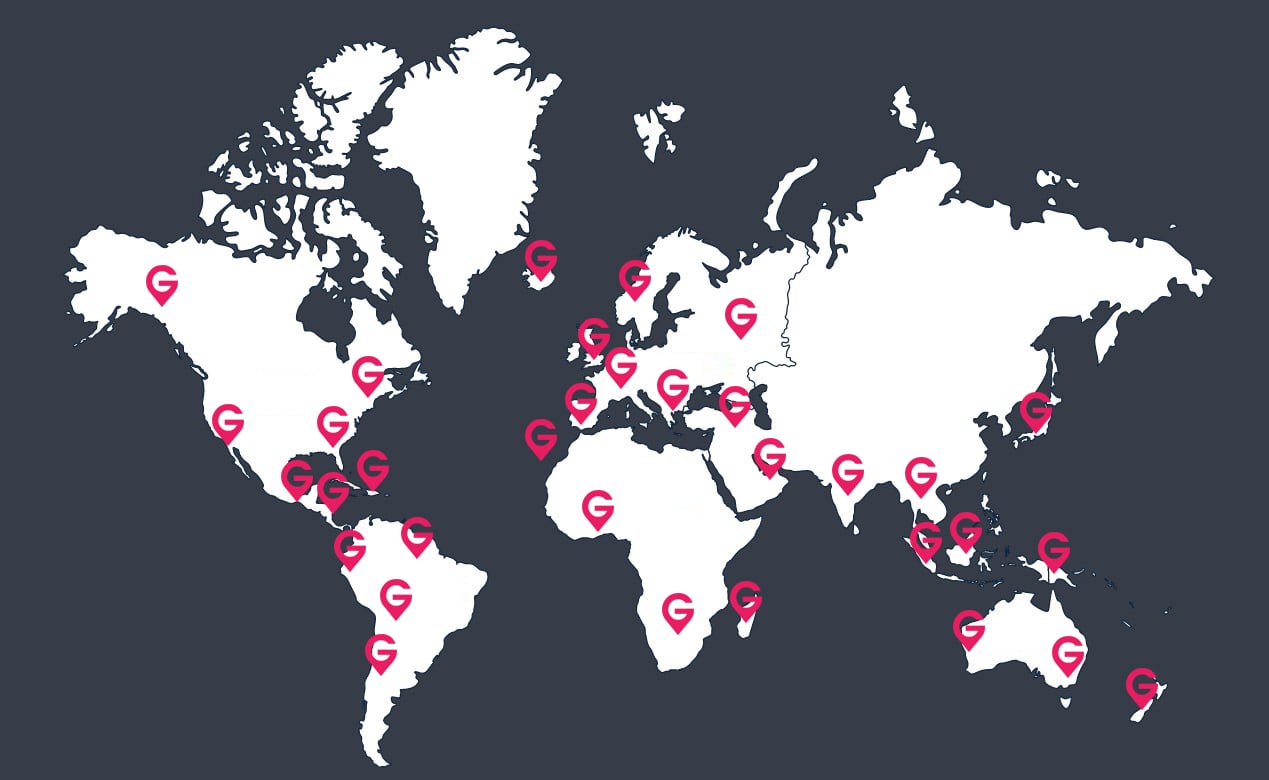Best Things To Do in Dublin
Local Recommendations from our My Guide Dublin team
If you like to keep busy, Dublin is tailor-made with a staggering quantity and variety of options.
From nocturnal pub crawling (for educational purposes) to high-adrenaline outdoor activities to fun family-friendly pursuits, choices abound. You might start with the capital's supremo tourist attraction, the Guinness Storehouse. Most people do. In compact Dublin, you can easily cover a lot of ground on your own. Prefer being under the watchful eye of a knowledgeable guide? There are tons of tours - walking, traveling by bicycle or bus, amphibious vehicle or horse-drawn cart…or even by boat or kayak. However you choose to get about, you can also experience the true spirit of traditional Irish culture and history through architecture, dance, storytelling, music, theatre, museums and galleries.
Book Top Experiences and Tours in Dublin:
If youʻre booking your trip to Dublin last minute, we have you covered. Below are some of the top tours and experiences!- DoDublin Freedom Card: Public Transport & Hop-On Hop-Off Bus
- Dublin: Boyne Valley with Newgrange and Bru Na Boinne Entry
- From Dublin: Galway and Kerry 3-Day Budget Tour
- From Dublin: Game of Thrones Winterfell Locations Tour
- Dublin: Giant's Causeway, Dark Hedges & Titanic Guided Tour



